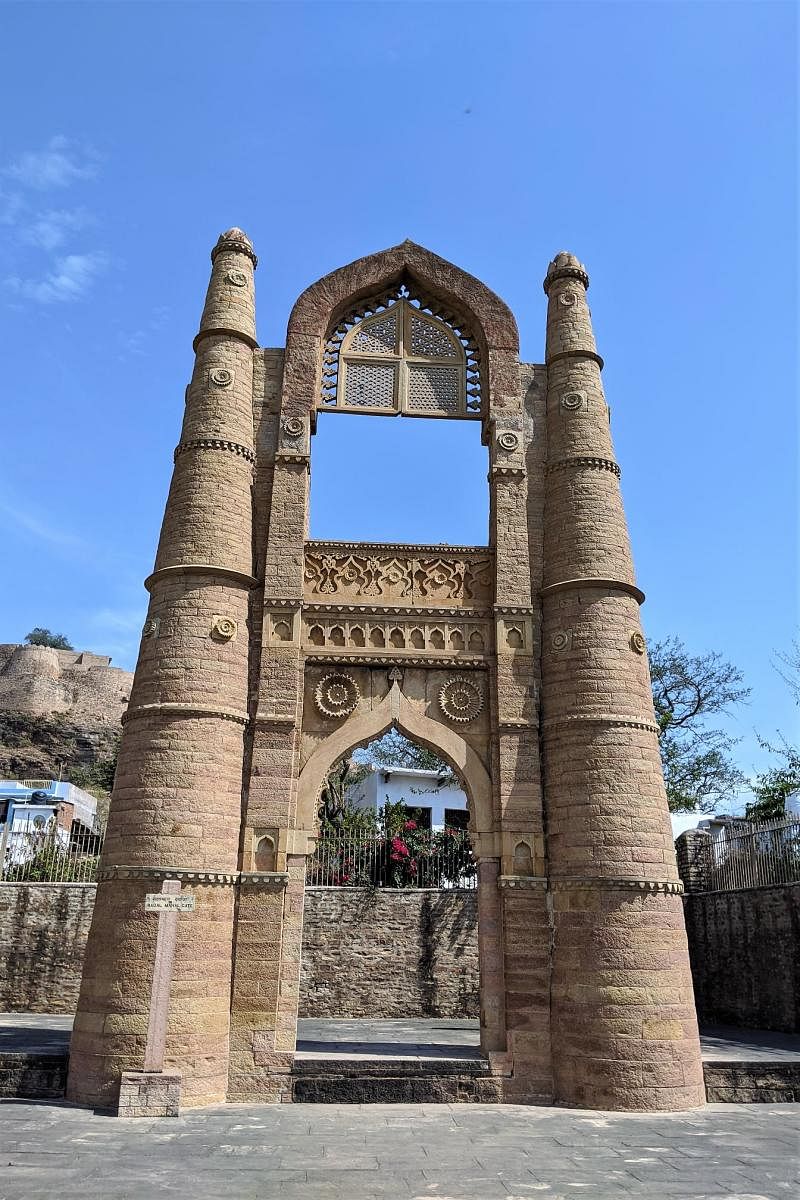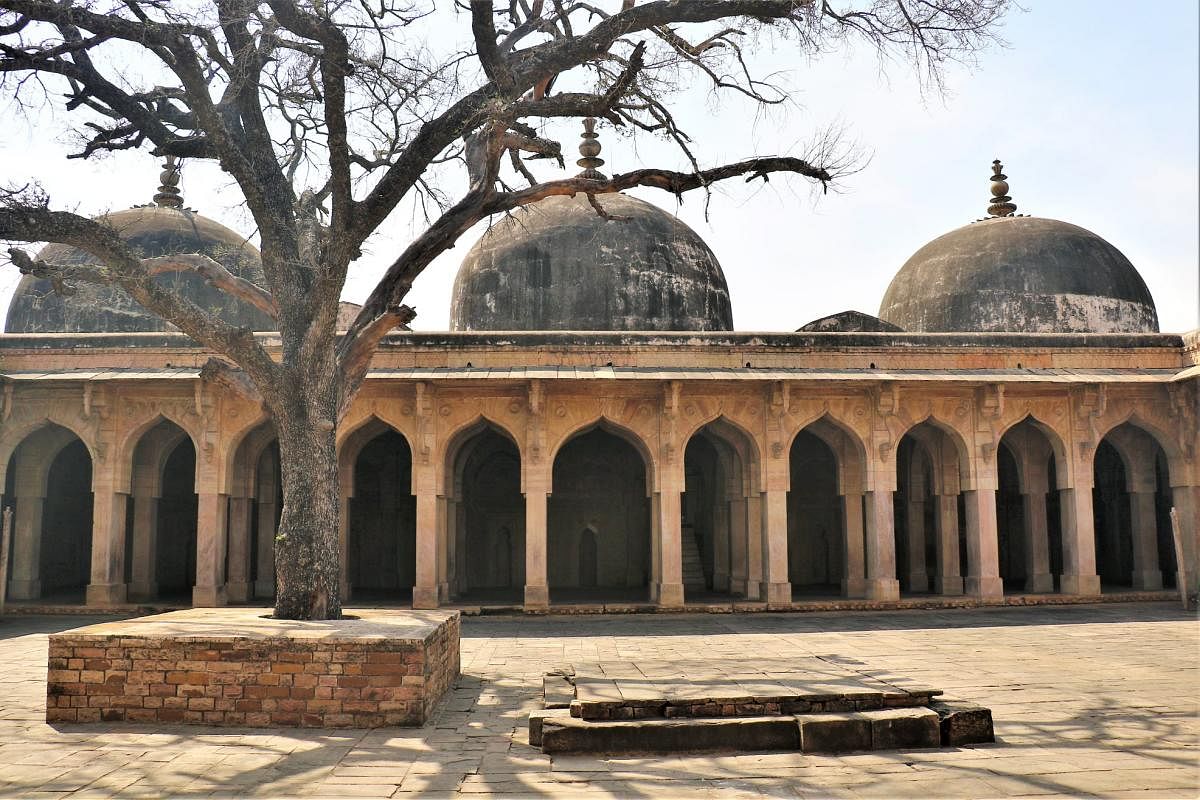

Think Chanderi is just about silks and handlooms? Think again. You have mountains, forests, lakes, forts, palaces, and intricately carved religious monuments. Chanderi ticks all the boxes for an amazing holiday. There is a lot of environmental, heritage diversity, and diversity in experiences. For long, these treasures were hidden in the folds of Chanderi fabrics. Chanderi falls en route while driving northeast from Bhopal towards Jhansi. As you approach this little medieval town, the landscape dramatically changes; you will find it wrapped in nature’s emerald green fabric of hilly forests dotted with golden specks of lakes.
Geographically it lies on the edge of the Malwa Plateau surrounded by hills of the Vindhyachal Range that divides the Gangetic Plains of north India from central India. The Betwa River, its tributaries Urvashi (Urr) and Chevli flow through this town. One reason why humans have survived here for centuries!
There are several pages in the history of Chanderi to flip through. Evidence of early human settlements of the prehistoric era dating back to the Mesolithic age have been found in the cave paintings near Nanaun village. Fast forward several centuries, the next mention of Chanderi is found in inscriptions excavated in Chandragiri hills. Inscriptions on stones excavated here mention this fort was built by Kirti Pal, a Pratihara king of the 11th century.
A prosperous place and strategically located in central India, it has been ravaged by several wars, and the kingdom passed on from Mughal hands to Bundelkhand kings, then to British, and finally to the Sindhias in 1861. Explore the omnipresent fort of Chanderi, also called Kirti Durg! Inside there is a treasure of monuments where you will lose track of time if not travel back in time. The pillars of the Khilji Mosque here have a haunting beauty; equally enchanting are the ruins of Naukhanda Palace. Two gates, one more impressive than the other, Khooni Darwaza and Hawa Paur are close to the fort. A third one, Kati Ghati, with an interesting spooky story is at the south-western side of the fort. Nearby, the Jauhar Smarak stands mutely reminding all of the cold wintry morning of 29th January 1528, when just before setting out on the last battle with Babur, King Medini Rai organised the Jauhar for their women and children.
From the topmost floor of Badal Mahal, a 10 minutes drive by car from the fort, one gets the feeling of being afloat in clouds. Today only the darwaza (gate) remains, a mute testimony to the art that existed then. The Madhya Pradesh Handloom Department stamps images of this darwaza on the hand-woven Chanderi sarees.
Jama Masjid, the largest mosque of Chanderi, has rich artwork carved on the arches, doors and windows. If you thought all mosques have minarets then this mosque will surprise you with none.
Abul Fazl in Ain-i-Akbari records an existence of 1,200 baoli (stepwell) in Chanderi of which only a few remain. Similarly, Chanderi was once studded with 260 palaces but only 26 remain. Chanderi is now a popular shooting location for Bollywood movies.
Walkthrough the galis at your pace overhearing conversations, dodging cattle, hearing the distant ringing of temple bells or the call of the azan, soak in the medieval aura, yes Chanderi has more to experience along with its gorgeous fabrics.